Catheter ablation in patients with atrial fibrillation and dilated cardiomyopathy
Frontiers in Cardiovascular Medicine
JANUARY 16, 2024
Introduction Catheter ablation is an effective and safe strategy for treating atrial fibrillation patients. Nevertheless, studies on the long-term outcomes of catheter ablation in patients with dilated cardiomyopathy are limited. Among the catheter ablation group, 58.7% ( n = 27) had persistent atrial fibrillation.

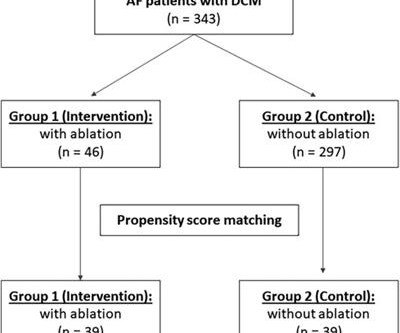




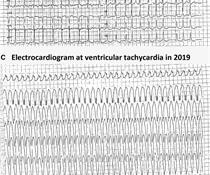








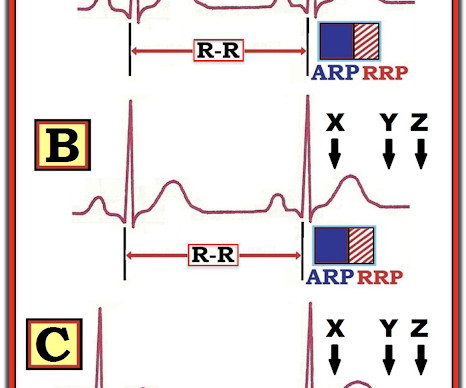



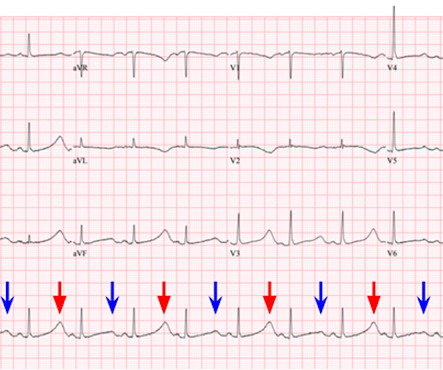
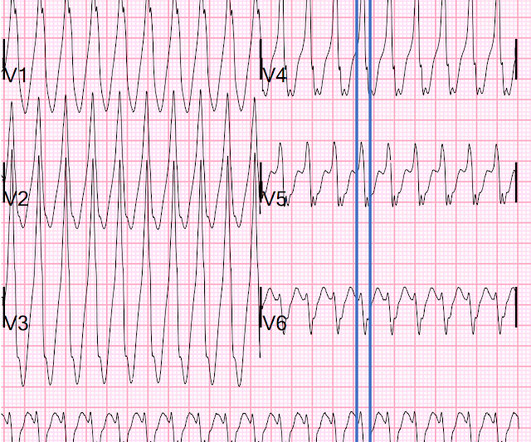

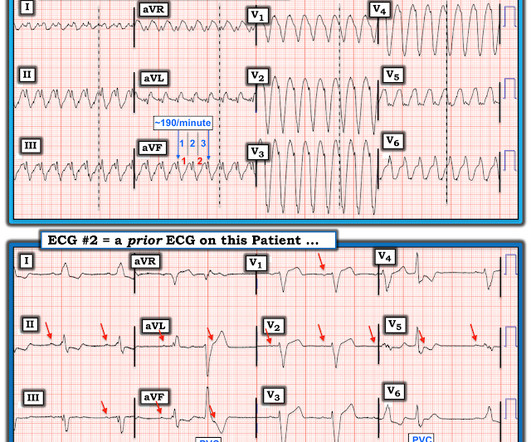



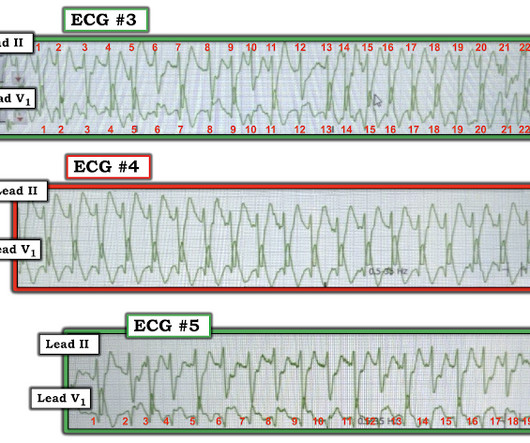

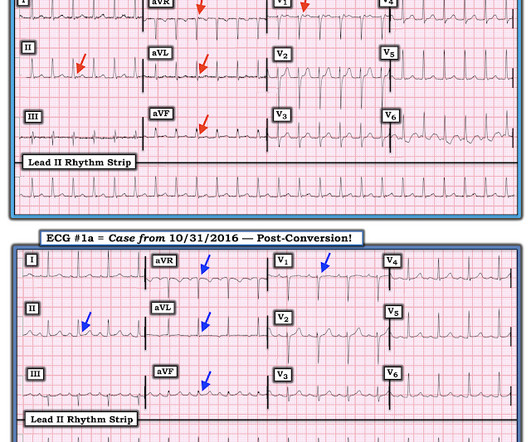






Let's personalize your content